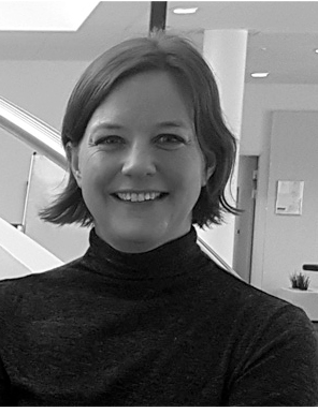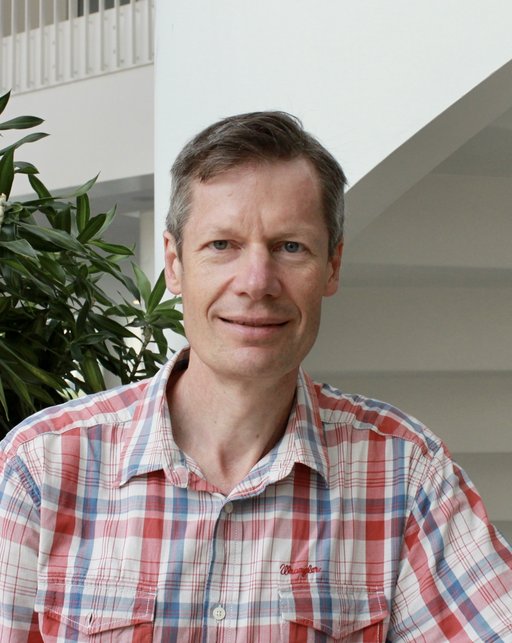Funding for research in chronic inflammatory skin conditions and neurodegenerative diseases
Congratulations to Professor Brigitte Städler and Professor Daniel Otzen who each receive funding from Independent Research Fund Denmark. Städler and her research group will investigate the mechanisms behind and potential new drugs for treating chronic inflammatory skin conditions. In Otzen's research group, they will look into a deeper understanding of a very important group of biomolecules associated with various metabolic diseases like Alzheimer's and Parkinson's.
Ex-Vivo Epidermis Model to Identify Clinically Relevant Treatment Targets in Inflammatory Skin Diseases

Many people suffer from chronic inflammatory skin conditions that have a negative impact on their daily lives. Current treatments are successful for mild cases, but there are limited treatment options for more serious cases. In this project, materials science and dermatology will join forces to develop a model of the top layer of our skin (epidermis) in a paper chip. This model aims to simulate different types and severity of inflammatory skin diseases. The clinical relevance will be illustrated by using samples from patients. As a result, fundamental questions in dermatology can be investigated and new drugs and drug targets can be identified.
Project leader: Professor Brigitte Städler, bstadler@inano.au.dk
Grant: DKK 2,654,475
ChaMet: A new role for molecular chaperones in metabolostasis

Healthy cells need to control their proteins, which are otherwise at risk of misfolding and forming insoluble aggregates or fibrils, e.g. in brain diseases such as Alzheimer's and Parkinson's. This is mainly accomplished by molecular chaperones that recognise misfolded and aggregated proteins and help them back on the right path (or for degradation). Recently, we have discovered that not only proteins but also small metabolites can form fibril-like structures that are associated with various metabolic diseases. This raises the question of whether chaperones can also recognise and counteract these substances, which are chemically quite different from proteins. However, preliminary experiments suggest that chaperones can also affect the aggregation of these substances. We will investigate the role of chaperones in this, both at the test tube level and in actual yeast cells. Combining expertise from groups at Aarhus University and Tel Aviv University, we hope to establish a link between molecular mechanisms (i.e. how the metabolites aggregate and how chaperones prevent it in test tubes) and cell biology (i.e. how it actually happens in living organisms). This requires a multidisciplinary approach but opens up a deeper understanding of a very important group of cellular control molecules.
Project leader: Professor Daniel Otzen, dao@inano.au.dk
Grant: DKK 2,761,728
